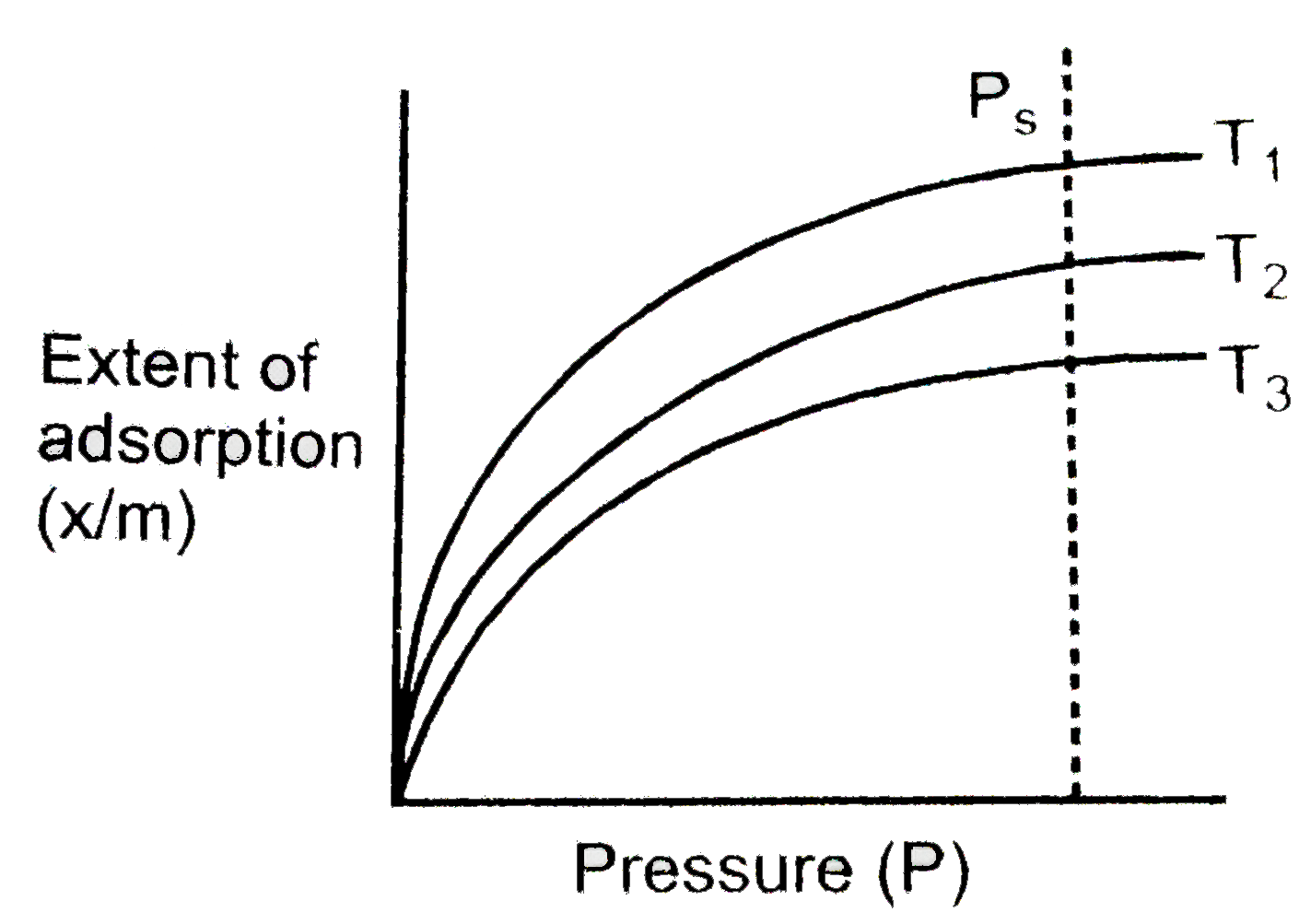Consider following two competing first ordr reactions,
Pk1−−→A+B,Qk2−−→C+D
if 50% of the reaction oof P wascompleted when 96% of Q was complete ,then the ratio (k2/k1) will be :
a) 4.06
b) 0.215
c) 1.1
d) 4.65Solution in Punjabi
4.06
0.215
1.1
4.65
The correct Answer is:D
Step by step video & image solution for Consider following two competing first ordr reactions, Poverset(k_(1))rarrA+B,Qoverset(k_(2))rarrC+D if 50% of the reaction oof P wascompleted when 96% of Q was complete ,then the ratio (k_(2)//k_(1)) will be : a) 4.06 b) 0.215 c) 1.1 d) 4.65 by Chemistry experts to help you in doubts & scoring excellent marks in Class 12 exams.
Updated on:21/07/2023Topper's Solved these Questions
- CHEMICAL KINETIC & NUCLEAR CHEMISTRYBOOK - NARENDRA AWASTHICHAPTER - CHEMICAL KINETIC & NUCLEAR CHEMISTRYEXERCISE - Level 1 (Q.3 To Q.32)
1 Videos
- CHEMICAL KINETIC & NUCLEAR CHEMISTRYBOOK - NARENDRA AWASTHICHAPTER - CHEMICAL KINETIC & NUCLEAR CHEMISTRYEXERCISE - Level 1 (Q.33 To Q.62)
2 Videos
- SURFACE CHEMISTRYBOOK - NARENDRA AWASTHICHAPTER - SURFACE CHEMISTRYEXERCISE - Level -2
1 Videos
Similar Questions
The following data pertain to reaction between A and B
S.No[A][B]RatemolL−1molL−1molL−1sec−1I1×10−22×10−22×10−4II2×10−22×10−24×10−4III2×10−24×10−28×10−4
Which of the following interference(s) can be drawn from the above data
(a) Rate constatnt of the reaction 10−4
(b) Rate law of reaction is k[A][B]
(c ) Rate of reaction increases four times on doubling the concentration of both the reactant Select the correct answer codes:
a) a,b and C
b) a and b
c) b and c
d) c alone
View Solutioncolumn Icolumn IIP.Zero order reaction1.t1/2α1[A]0Q.First order reaction2.t100%=[A]0/kR.second order reactions3.Involves at least two reactantsS.Pseudo unimolecular reaction4.[A]=[A]0e−kt
View Solutionfor the graph below, select correct order of temperture ?

View SolutionConisder the following reactions:
I. A+Bk1⇐⇒k−1C
II. C+Bk2−−→D
Then k1[A][B]−k−1[C]−k2[C][B] is equal to
View SolutionFor the following mechanism, P + Qoverset(K_(A))underset(K_(B))hArr PQ overset(K_(C))underset(K_(D))hArr R at equilibrium ([R])/([P][Q]) is: [K represents rate constant]
View SolutionFor the reaction 2A→B+3C, if −d[A]dt=k1[A]2,−d[B]dt=k2[A]2,−d[C]dt=k3[A]2 the correct reaction between k1,k2 and k3 is :
View SolutionFor the reactions
A⇔B,Kc=1
B⇔C,Kc=2
C⇔D,Kc=3
Kc for the reaction A⇔D is
View SolutionConsider following two competing first ordr reactions, Poverset(k_(1))rarrA+B,Qoverset(k_(2))rarrC+D if 50% of the reaction oof P wascompleted when 96% of Q was complete ,then the ratio (k_(2)//k_(1)) will be :
View SolutionAt a given temperature ,k1=k2 for the reaction,
A+B⇔C+D
If[dxdt]=k1[A][B]−k2[C][D] in which set o fthe concentration , the reaction ceases?
View SolutionIn the following first order competing reactions A overset(k_(1))rarr B, C overset(k_(2)) rarr D . If only 50% of A have been reacted whereas 94% of C has been reacted in the same time interval then find the ratio of (k_(2))/(k_(1)) .
View SolutionIn the sequence of reaction
AK1−−→BK2−−→CKc−−→D,K3>K2>K1 then the rate determining step of the reaction is
View SolutionConsider following two competing first ordr reactions,
Pk1−−→A+B,Qk2−−→C+D
if 50% of the reaction oof P wascompleted when 96% of Q was complete ,then the ratio (k2/k1) will be :
View SolutionFor the reaction 2A→B+3C, if −d[A]dt=k1[A]2,−d[B]dt=k2[A]2,−d[C]dt=k3[A]2 the correct reaction between k1,k2 and k3 is :
View SolutionConisder parallel reaction:
Ak1−−→B,2Ak2−−→C+D
What would be the rate expresison for [A] ?
View SolutionFor the following mechanism, P + Qoverset(K_(A))underset(K_(B))hArr PQ overset(K_(C))underset(K_(D))hArr R at equilibrium ([R])/([P][Q]) is: [K represents rate constant]
View Solution
